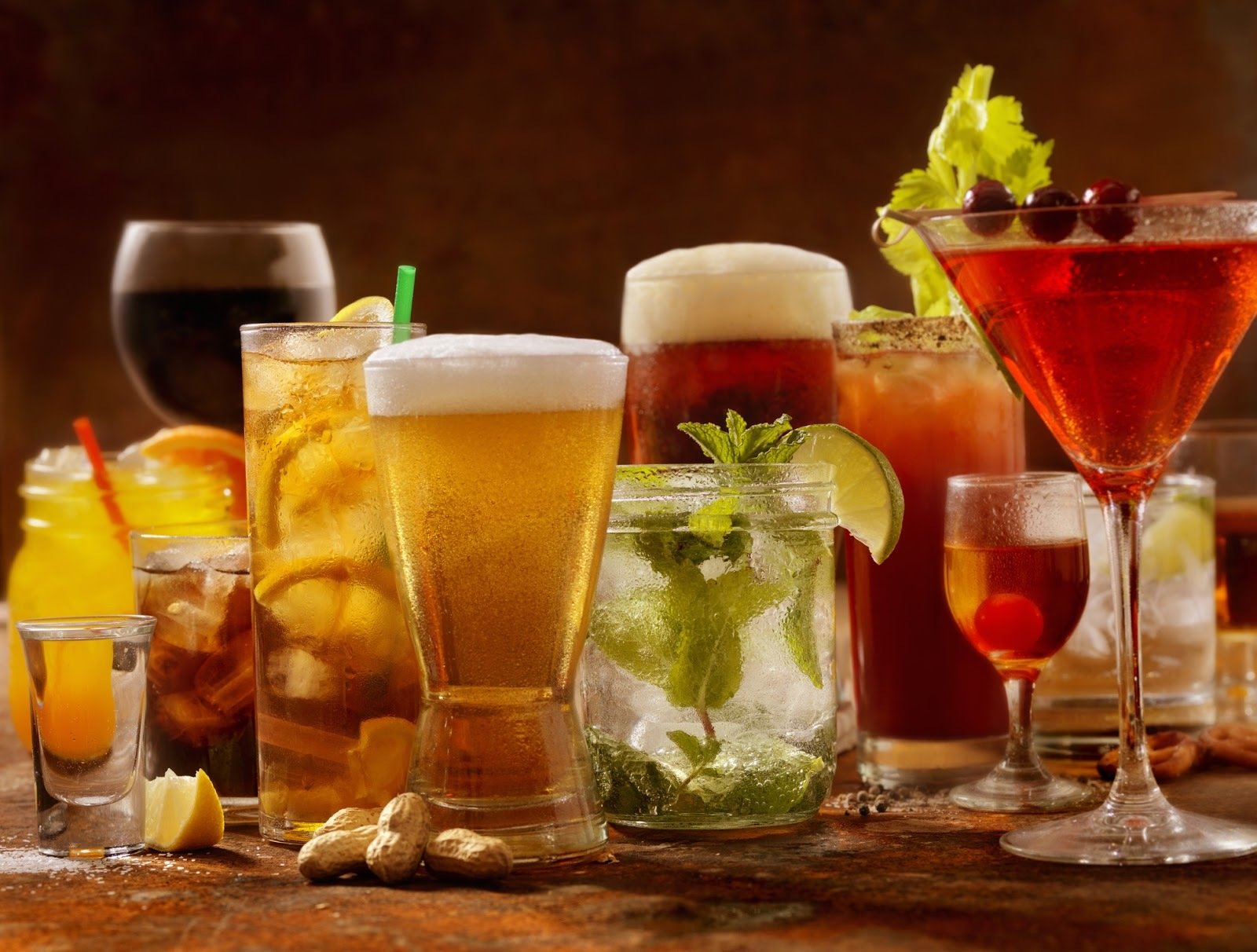The word beverage is a simple yet widely used term that often appears in discussions about food and drink. Whether we’re reading a restaurant review, a health article, or a lifestyle piece, the word comes up in various contexts, especially in renowned publications like The New York Times (NYT). In this article, we’ll explore the definition and different uses of the word beverage, and its relevance in NYT content, offering clarity for those who may be curious.
What is the Meaning of Beverage?
A beverage is defined as any liquid intended for human consumption. This can range from water to coffee, tea, soda, alcoholic drinks, and juices. It is a broad term that encompasses everything we drink, not limited to any specific type of liquid.
Beverages are categorized into two primary types: alcoholic and non-alcoholic. Alcoholic beverages include beer, wine, and spirits, while non-alcoholic beverages include water, soft drinks, and milk, among others.
How Does the New York Times Use the Word “Beverage”?
The New York Times often uses the word beverage across a variety of its sections, including food and dining, health, business, and lifestyle. For instance, the Food section might discuss beverages in relation to restaurant menus, cocktail recipes, or emerging trends in the drinks industry. Meanwhile, in the Health section, beverages are frequently mentioned in articles about nutrition, hydration, or the health risks associated with sugary or alcoholic drinks.
The term beverage can also be spotted in NYT’s business columns when analyzing the profitability or market trends of beverage companies such as Coca-Cola, Pepsi, or Starbucks. In these contexts, beverages play a key role in discussions of both lifestyle and commerce.
Why is the Word “Beverage” Used So Often?
The reason the term beverage is frequently used in the NYT and other publications is its versatility and neutrality. Unlike more specific terms like “drink” or “liquid,” which can sometimes carry informal or narrow connotations, “beverage” is a formal, all-encompassing word that fits both casual and professional conversations about drinks.
For example, when discussing a formal dinner, using the term “beverage” instead of “drink” helps maintain a polished tone. In health articles, referring to “beverages” rather than specific drinks allows the writer to cover a wide range of liquids without narrowing the focus.
The Cultural Impact of Beverages in NYT Coverage
Beverages often represent more than just hydration or nourishment; they have significant cultural, social, and economic roles. The NYT features countless stories and articles about the changing beverage industry, from the rise of specialty coffee shops to debates around the impact of sugary drinks on public health.
In these articles, beverages are often highlighted as part of larger societal trends. For instance, when analyzing health campaigns to reduce soda consumption, the NYT might explore how beverages are both a health concern and a product heavily marketed to the public. Similarly, when covering international events, beverages like tea or wine are frequently mentioned to symbolize local traditions and hospitality.
FAQs
1. What does the word “beverage” mean in the context of NYT articles?
In the NYT, the word beverage is used to refer to any drink, both alcoholic and non-alcoholic, often in discussions about health, dining, culture, or business.
2. How does the NYT differentiate between types of beverages?
The NYT typically categorizes beverages as either alcoholic (e.g., wine, beer) or non-alcoholic (e.g., water, juice, coffee). Depending on the article’s context, it may further detail beverages by their ingredients, health effects, or cultural significance.
3. Why is the word “beverage” used instead of “drink”?
The term beverage is more formal and versatile than “drink.” It can be used in a broader context and fits better in formal writing, making it a preferred choice in articles covering health, business, or food and drink topics.
4. Are beverages always associated with health concerns in NYT articles?
Not always. While beverages are often discussed in relation to health—such as sugary drinks contributing to obesity—the NYT also writes about beverages in the context of lifestyle, culture, and business, emphasizing their broader role in society.
Conclusion
The word beverage carries a wide range of meanings and applications, especially in formal writing like that of the New York Times. It’s a term that transcends simple drinks and touches on cultural, health, and business dimensions, making it a staple in news coverage and public discourse.
